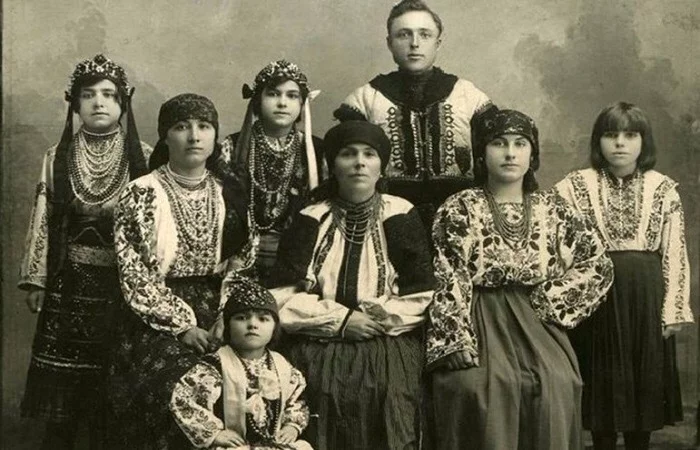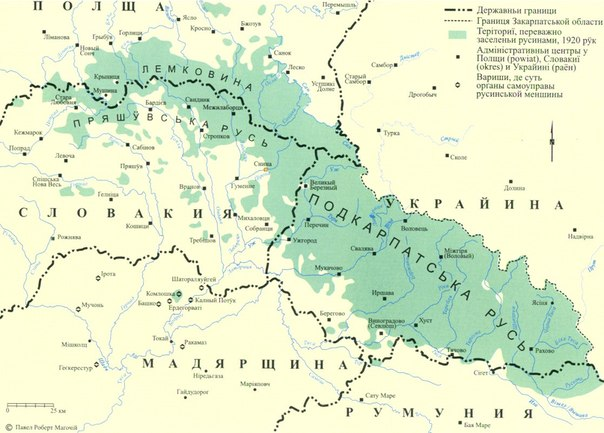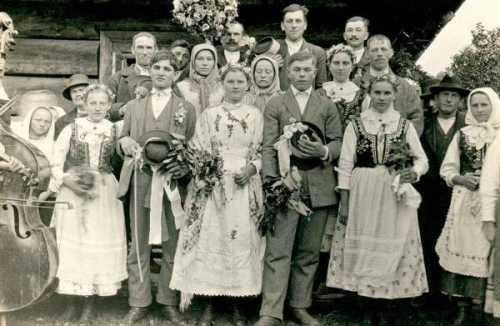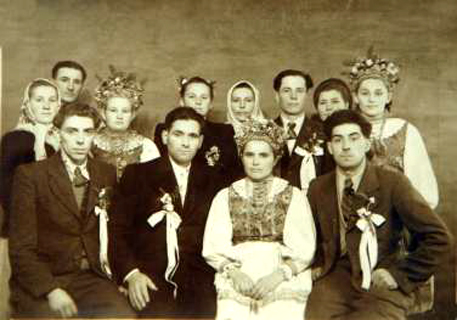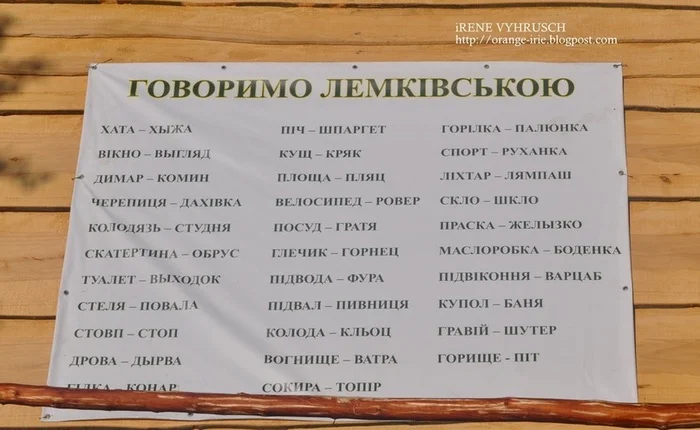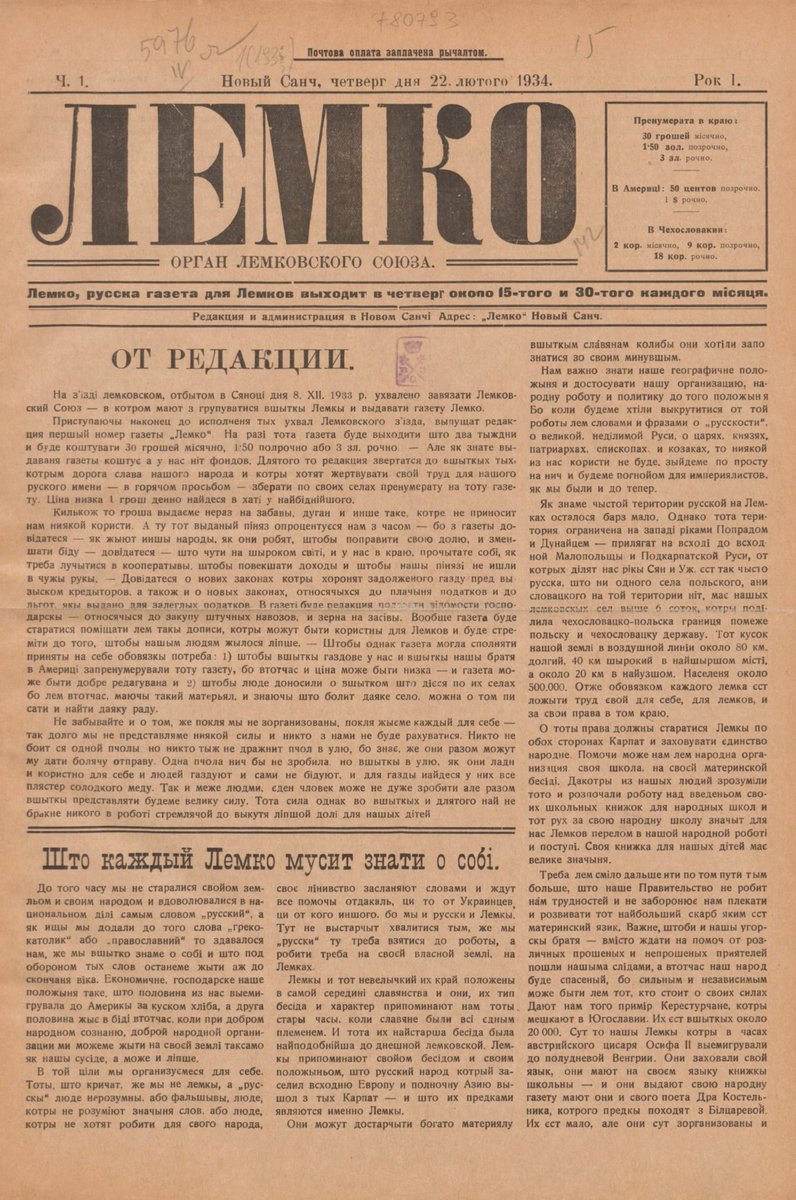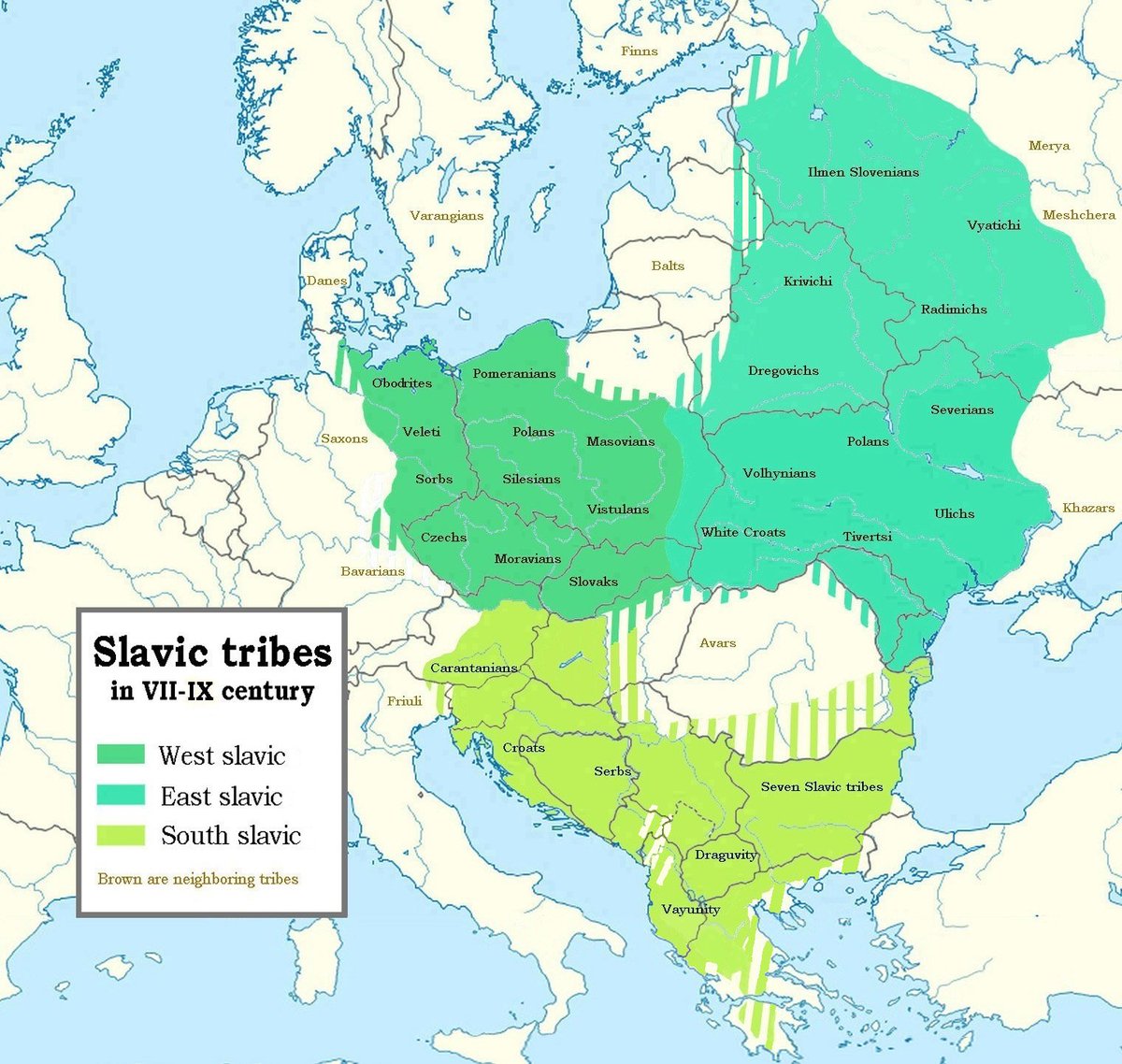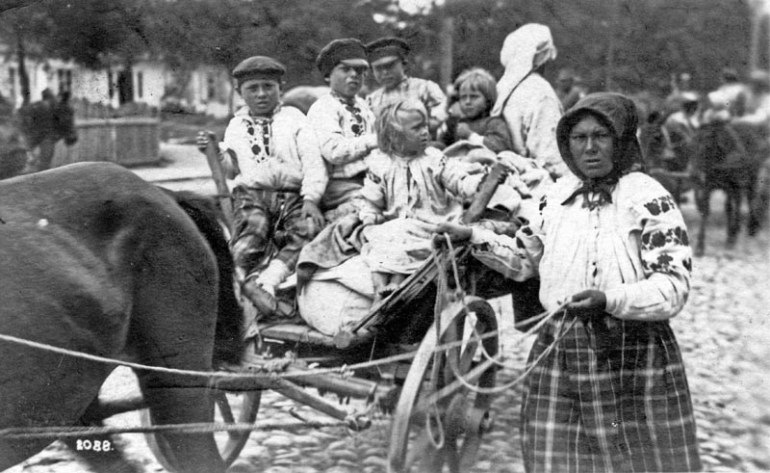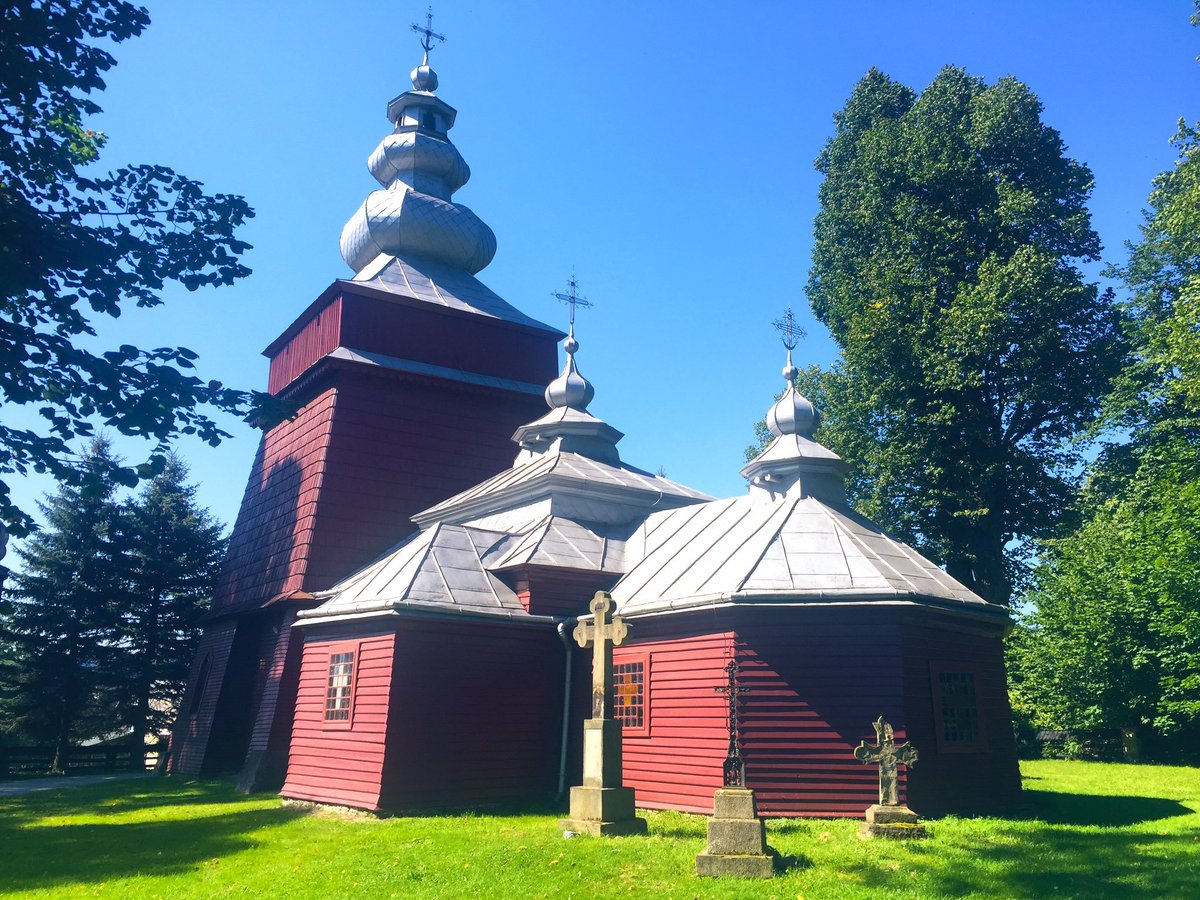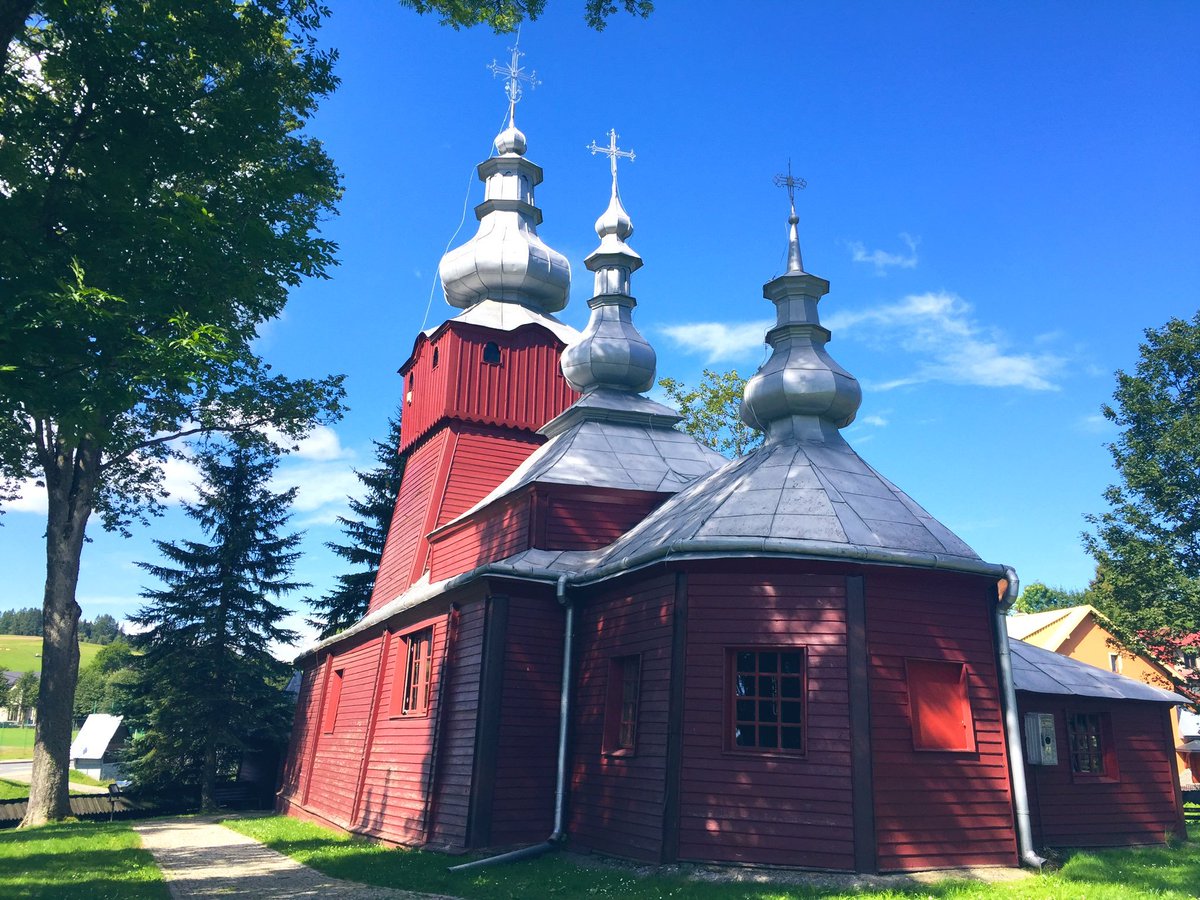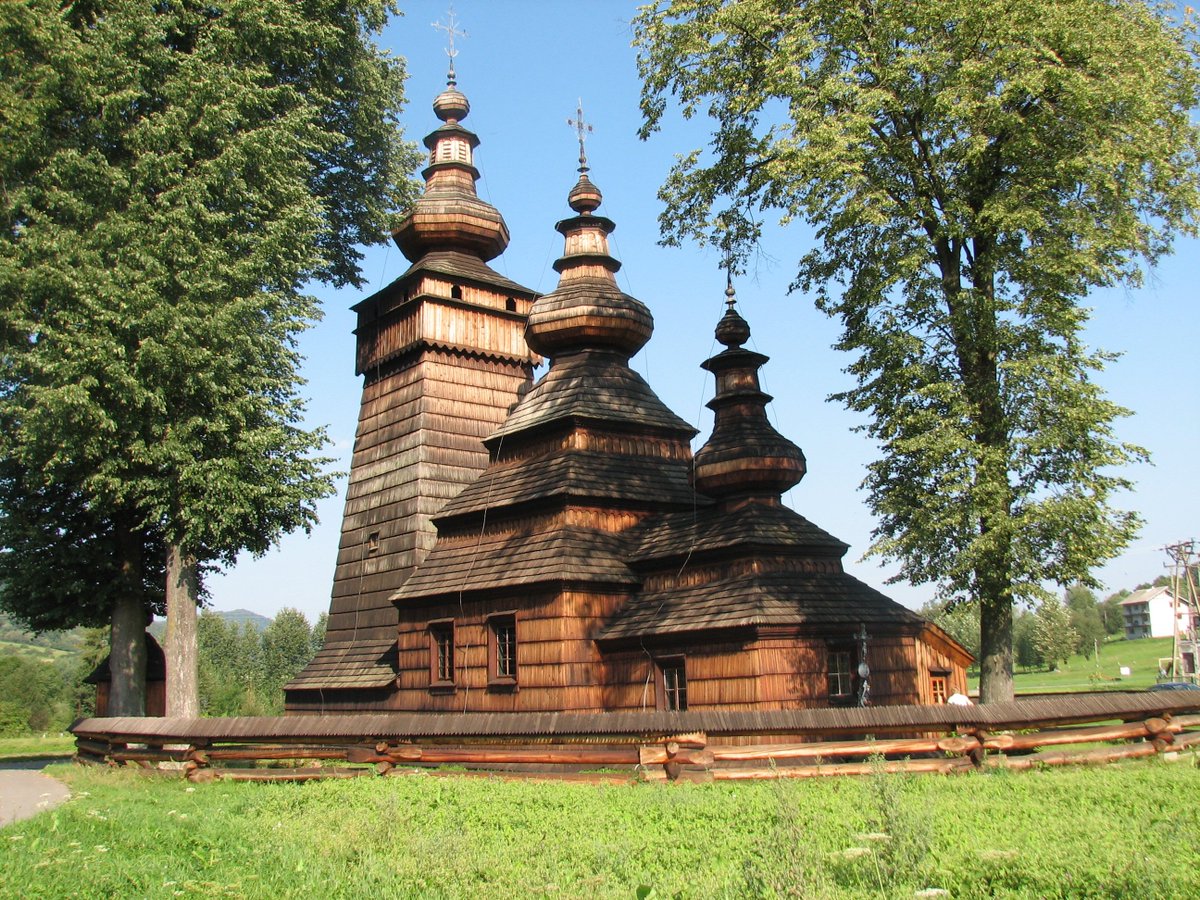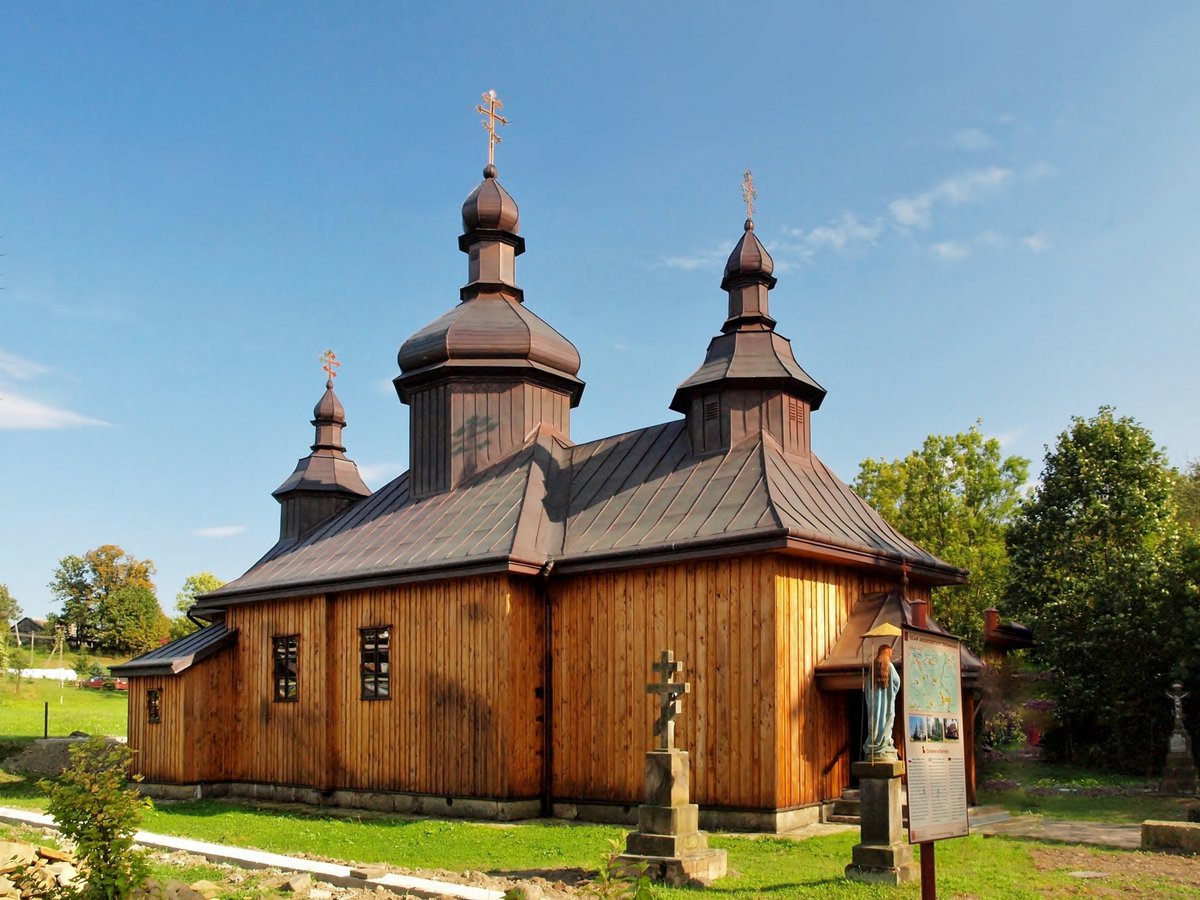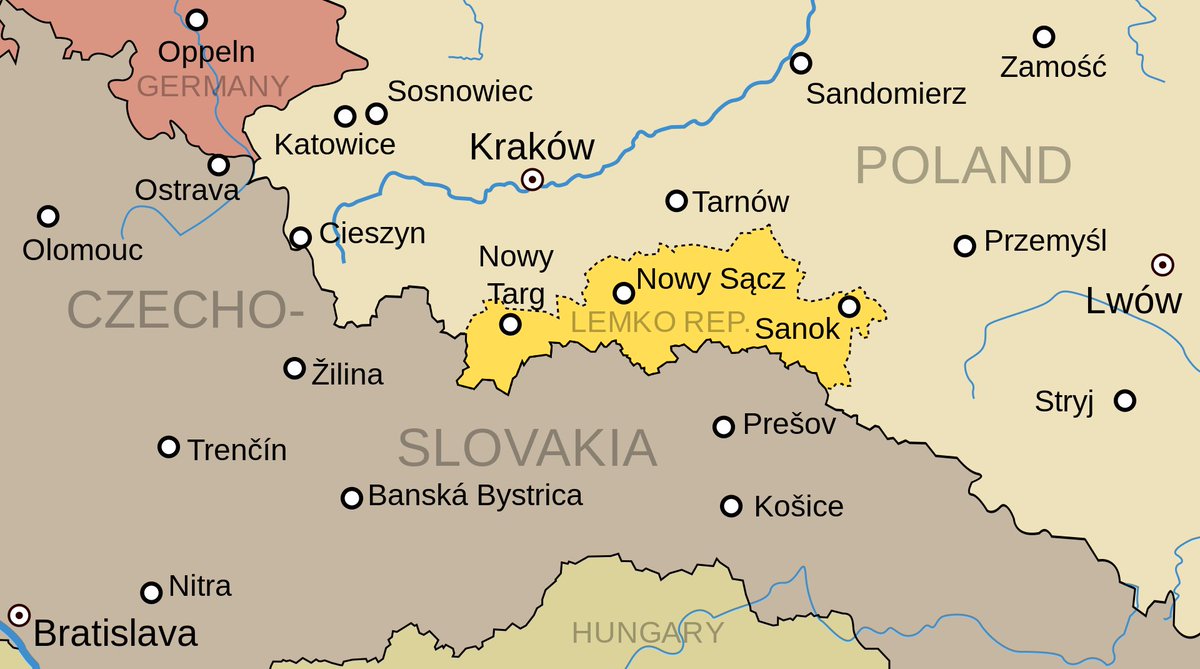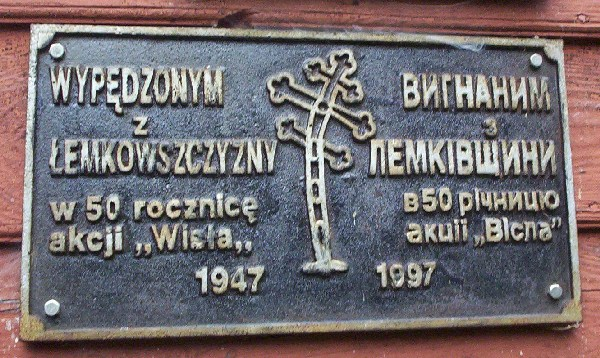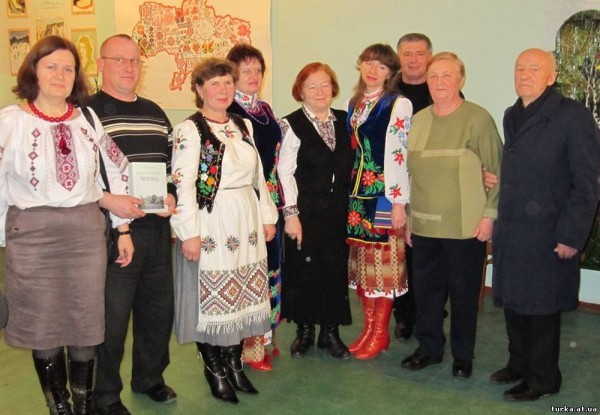THREAD.
Given that I am currently in the middle of the old #Lemko country, here& #39;s a thread on who are Lemkos. They were an ethnic group residing in Western Carpathians along the current border between Poland and Slovakia
1/x
Given that I am currently in the middle of the old #Lemko country, here& #39;s a thread on who are Lemkos. They were an ethnic group residing in Western Carpathians along the current border between Poland and Slovakia
1/x
2/x Lemkos affiliation with other ethnicities is controversial, although individual Lemkos generally self-identify as a sub-group of Ruthenians and/or Ukrainians. Other ethnic groups identifying as Ruthenians and/or Ukrainian include the Boykos and Hutsuls.
3/x The spoken language of the Lemkos has been variously described as a language in its own right, a dialect of Rusyn or a dialect of Ukrainian. But due to proximity to speakers of Polish and Slovak, the Lemko speech was strongly influenced by these two languages.
4/x The name "Lemko" derives from the common expression Lem (Лeм), which means "only" in the Lemko dialect, and began to be widely used only since the 19th century. Lemkos came into use as an endonym after having been used as an exonym by the neighboring Boykos and Hutsuls.
5/x Origin of Lemkos is unclear but probably can be traced to the medieval East Slavic population in the region, particularly, the White Croats tribe populating the mountains in the early medieval period.
https://en.wikipedia.org/wiki/White_Croats">https://en.wikipedia.org/wiki/Whit...
https://en.wikipedia.org/wiki/White_Croats">https://en.wikipedia.org/wiki/Whit...
6/x Lemko lands became parts of Poland and Hungary in the late medieval times, and as of 1772 all of them were ruled by Austria. In the late 19th century there was mass emigration to US and Canada from Lemko lands for economic reasons.
7/x Lemkos& #39; ancestors adopted Eastern Christianity from Byzantium via Moravia in the 9th century. While originally Greek Orthodox, Lemkos entered the union with Rome in 17th century to avoid complete latinisation, and became Greek Catholic. Lemko churches have distinct style:
8/x Following the end of WW1 and collapse of Austria-Hungary, Lemkos founded two short-lived republics, the Lemko-Rusyn Republic in the west of Galicia, which had a russophile orientation, and the Komancza Republic, with a Ukrainophilic orientation.
https://en.wikipedia.org/wiki/Lemko_Republic">https://en.wikipedia.org/wiki/Lemk...
https://en.wikipedia.org/wiki/Lemko_Republic">https://en.wikipedia.org/wiki/Lemk...
9/x As of 1939, there were some 130,000-140,000 ethnic Lemko living in southern Poland. In 1945-47 in forced population transfers, some 90,000 of Lemkos were trasferred to Ukraine in the USSR and 35,000 - to recovered territories in west and north Poland. https://en.wikipedia.org/wiki/Operation_Vistula">https://en.wikipedia.org/wiki/Oper...
10/x Many of those Lemkos resettled to Ukraine ended up in eastern regions, including Donetsk (such as my mother& #39;s family) and Luhansk. They were settled in multiple villages and had to quickly lose their dialect to adapt to living in Ukrainian speaking villages.
11/x Following the post-WW2 deportations, many Lemkos assimilated into the dominant Polish or Ukrainian ethnicities. However, according to 2011 Polish census, some 11,000 people in Poland declared Lemko identity. In Ukraine& #39;s 2001 census only 672 declared Lemko identity.
12/x While Lemkos got mostly assimilated in modern Ukraine, some of their cultural heritage is still alive. I will end this thread with several modern renditions of traditional Lemko songs which had a renaissance in recent years in Ukraine: https://www.youtube.com/watch?v=_eJ0L0vBm3k">https://www.youtube.com/watch...
13/x Pod Oblachkom: https://www.youtube.com/watch?v=WjnWmFHtGzI">https://www.youtube.com/watch...
14/14 Plyve Kacha - which became an unofficial mourning anthem for the Maidan heroes who fell victims of fatal enemy gunfire in 2014
The end. https://www.youtube.com/watch?v=-Z1BSIiF5jc">https://www.youtube.com/watch...
The end. https://www.youtube.com/watch?v=-Z1BSIiF5jc">https://www.youtube.com/watch...
@threadreaderapp unroll

 Read on Twitter
Read on Twitter